Transforming your living space into a serene sanctuary can seem like a daunting task, but Asian interior design offers an elegant solution. Rooted in simplicity and harmony, this style draws from centuries-old traditions to create environments that promote tranquility and balance. Whether you’re yearning for the minimalist elegance of Japanese design or the rich textures of Chinese interiors, there’s something uniquely captivating about these timeless aesthetics.
You may well find yourself overwhelmed by clutter or seeking a more peaceful atmosphere at home. Asian interior design provides not just a visual transformation but also an emotional uplift. By incorporating natural elements, clean lines, and thoughtful decor choices, you can cultivate a space that feels both inviting and rejuvenating.
Ready to explore how these principles can bring new life to your home? Let’s delve into the world of Asian-inspired interiors and discover how you can achieve this harmonious look effortlessly.
Top 19 Asian Interior Design Ideas And Styles
#1. Morden Asian Workroom Design
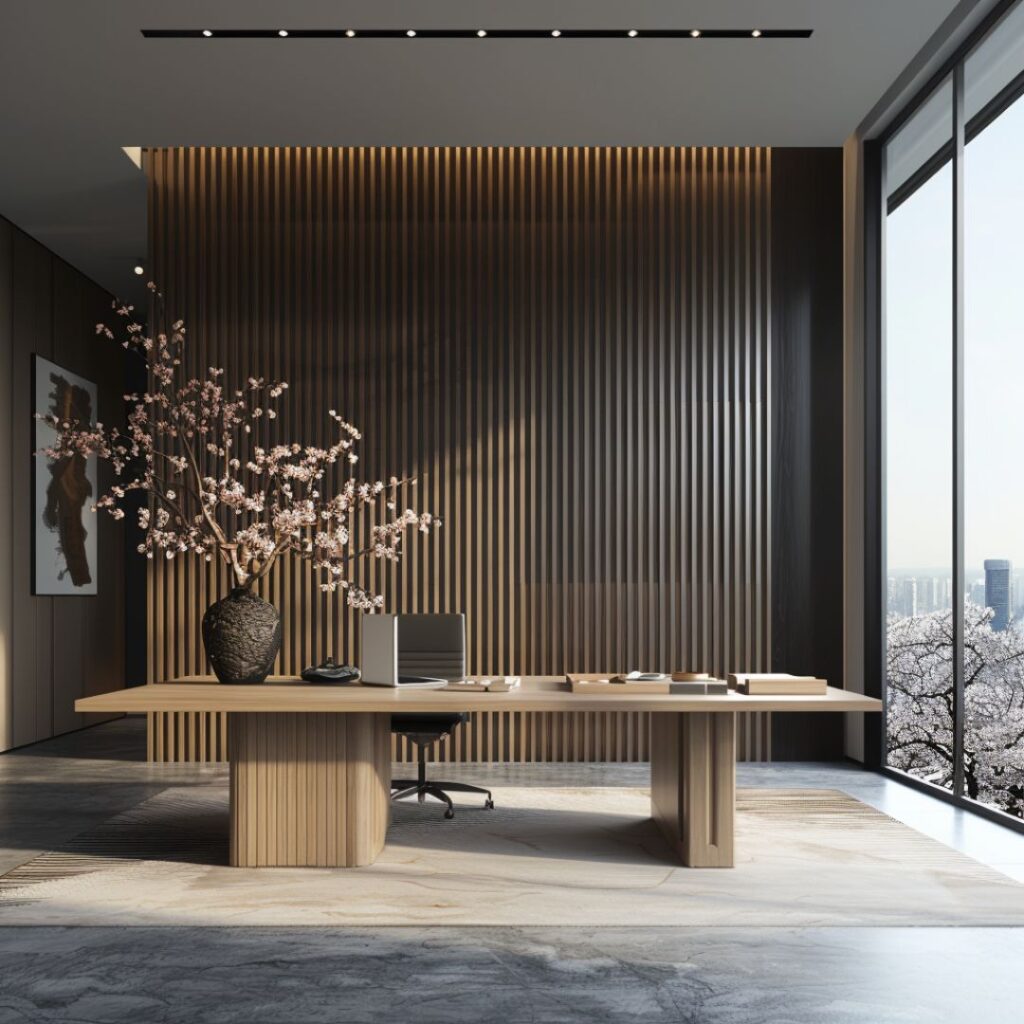
#2. Asian Workroom

#3. Asian Workroom View
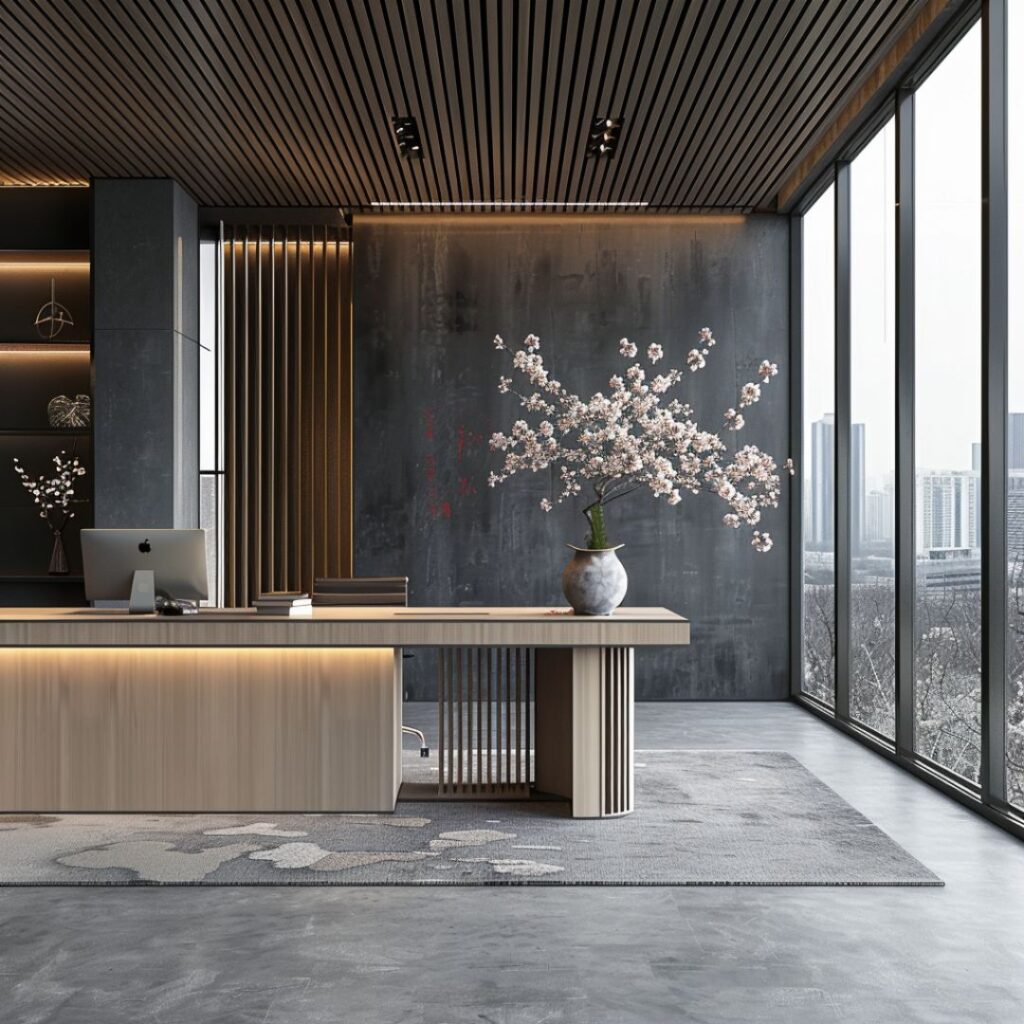
#4. Asian Workroom Light
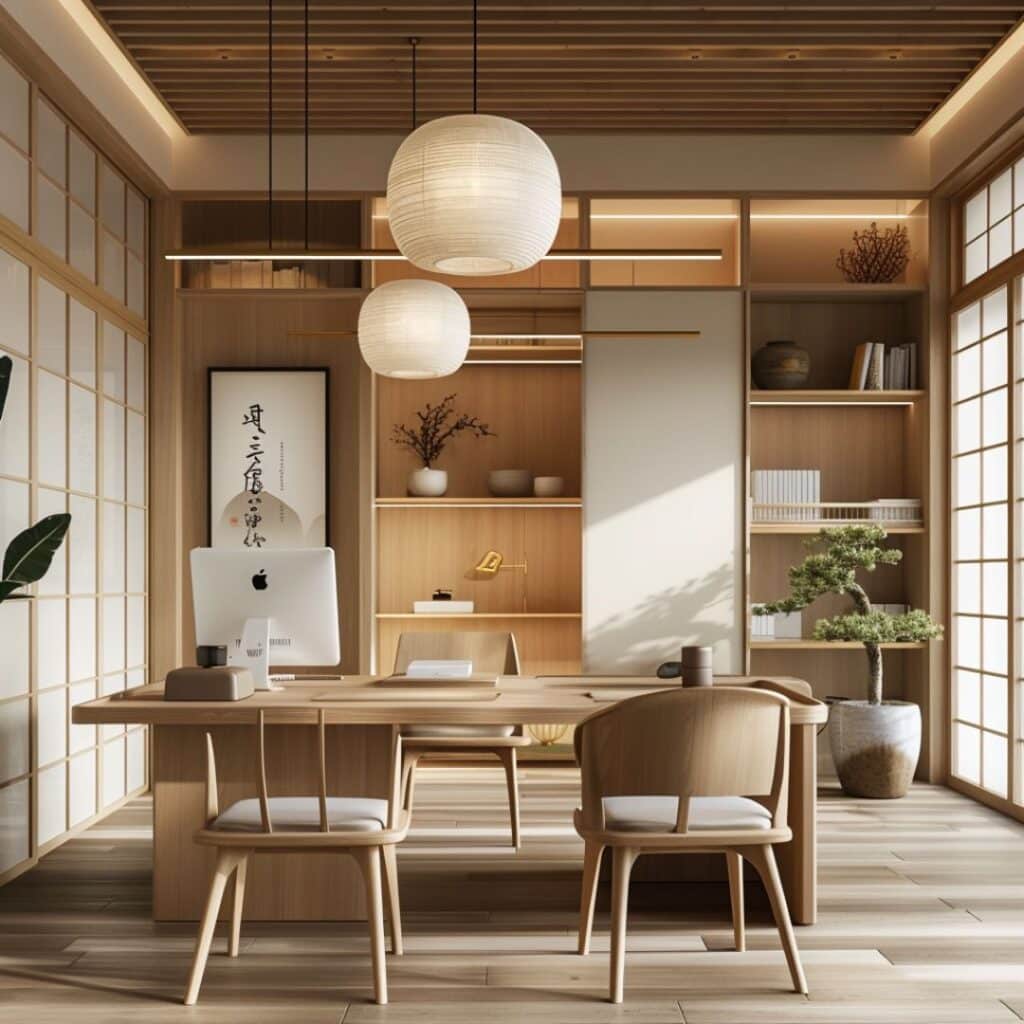
#5. Asian Workroom Interior Ideas
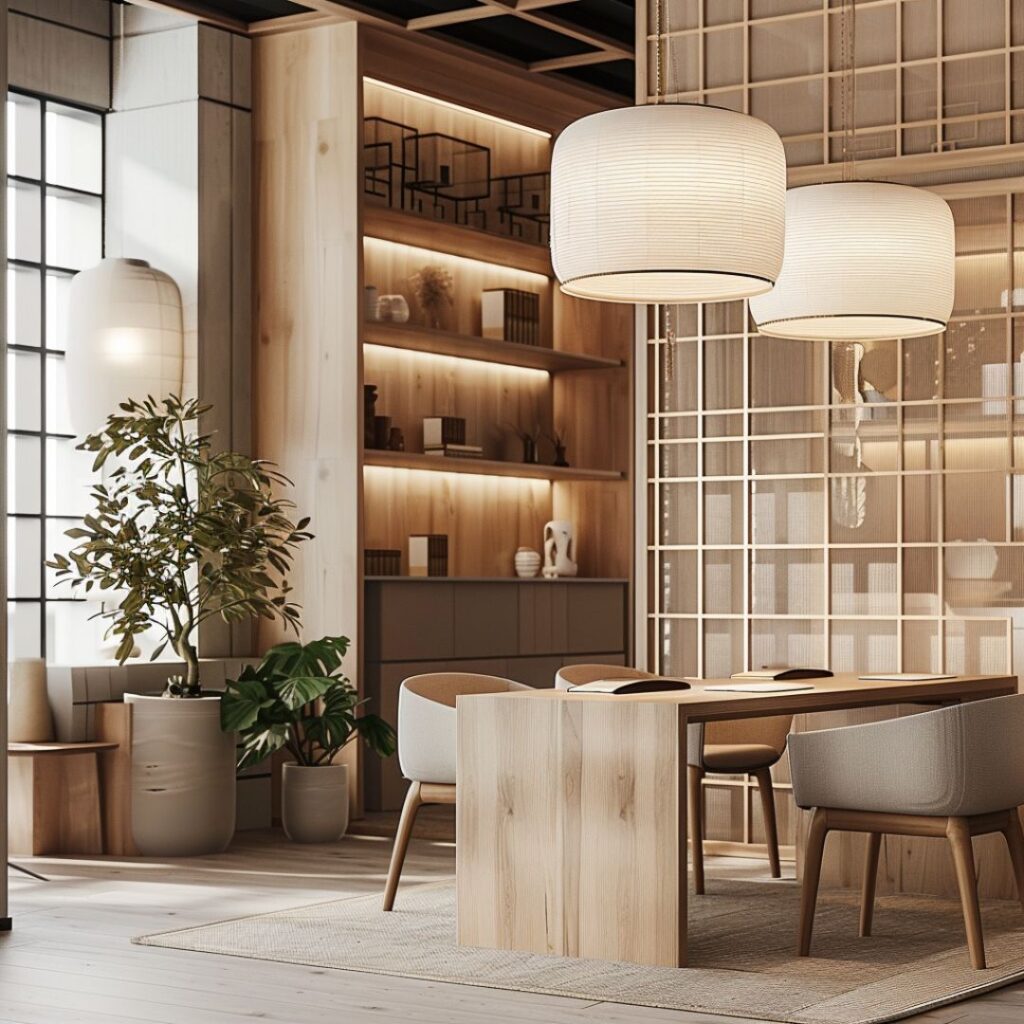
#6. Asian Workroom Interior Design
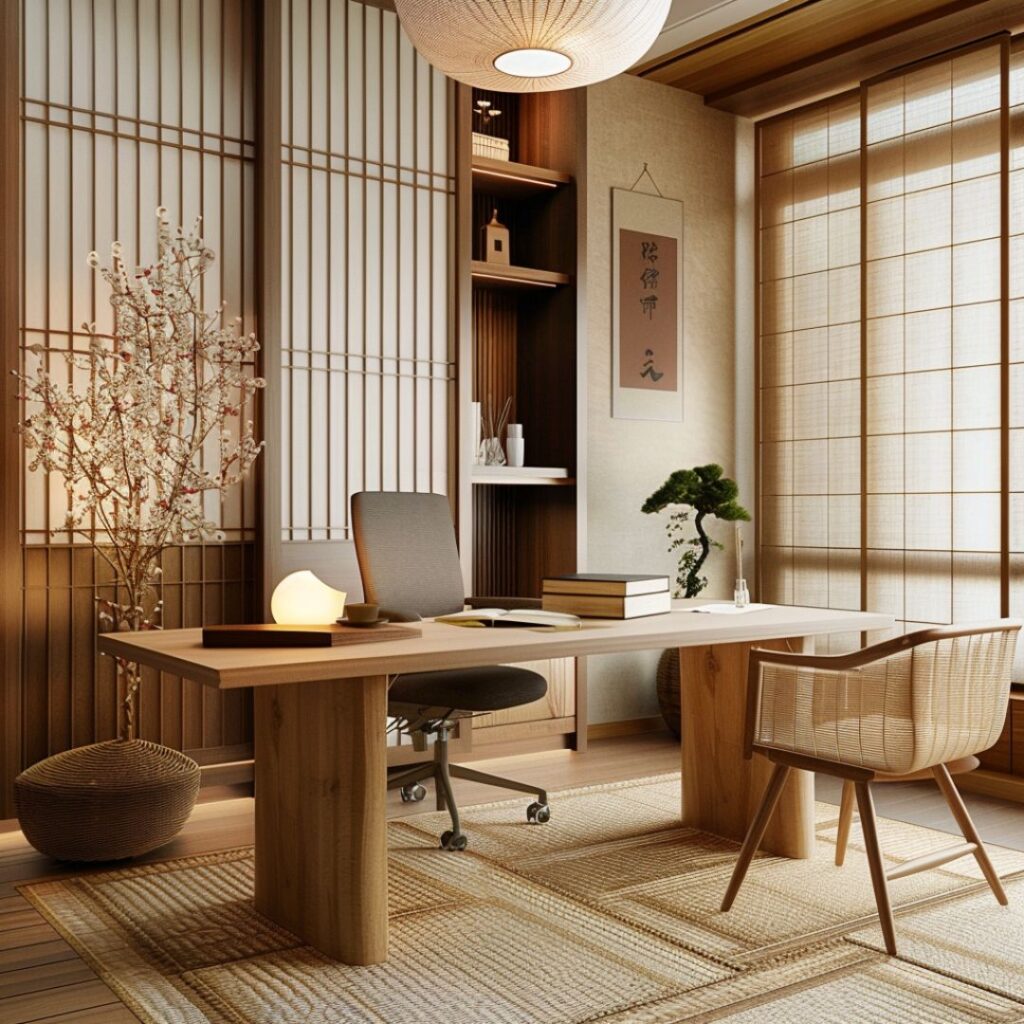
#7. Asian Workroom Interior Decoration
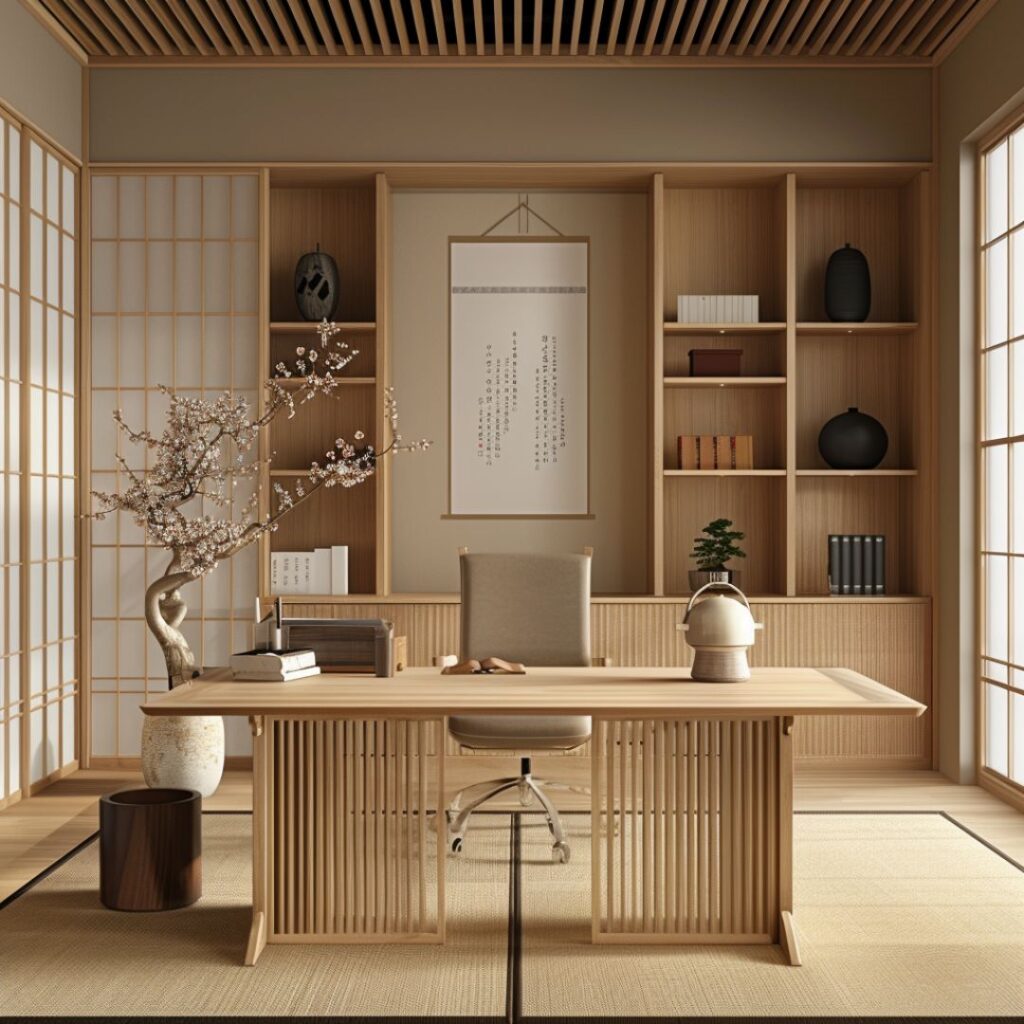
#8. Asian Workroom Indoor Plant
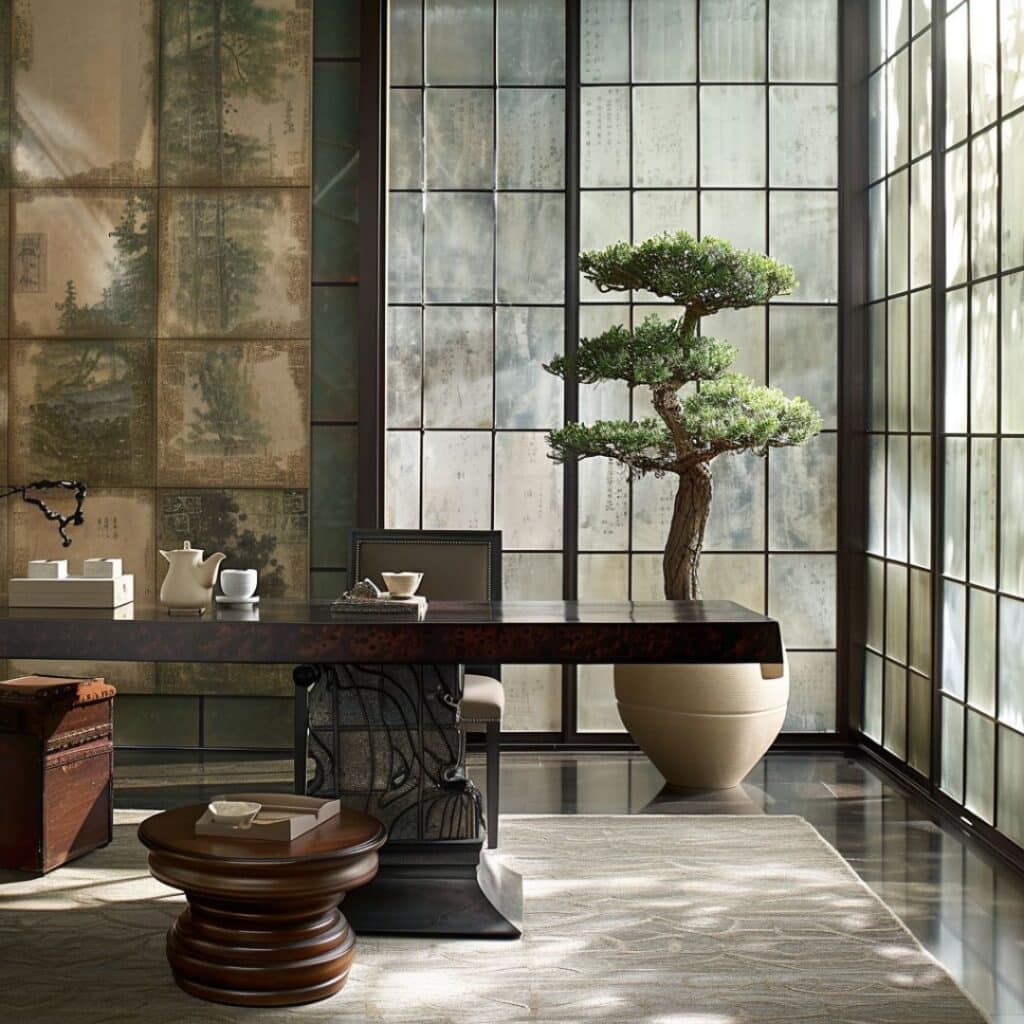
#9. Asian Meeting Room
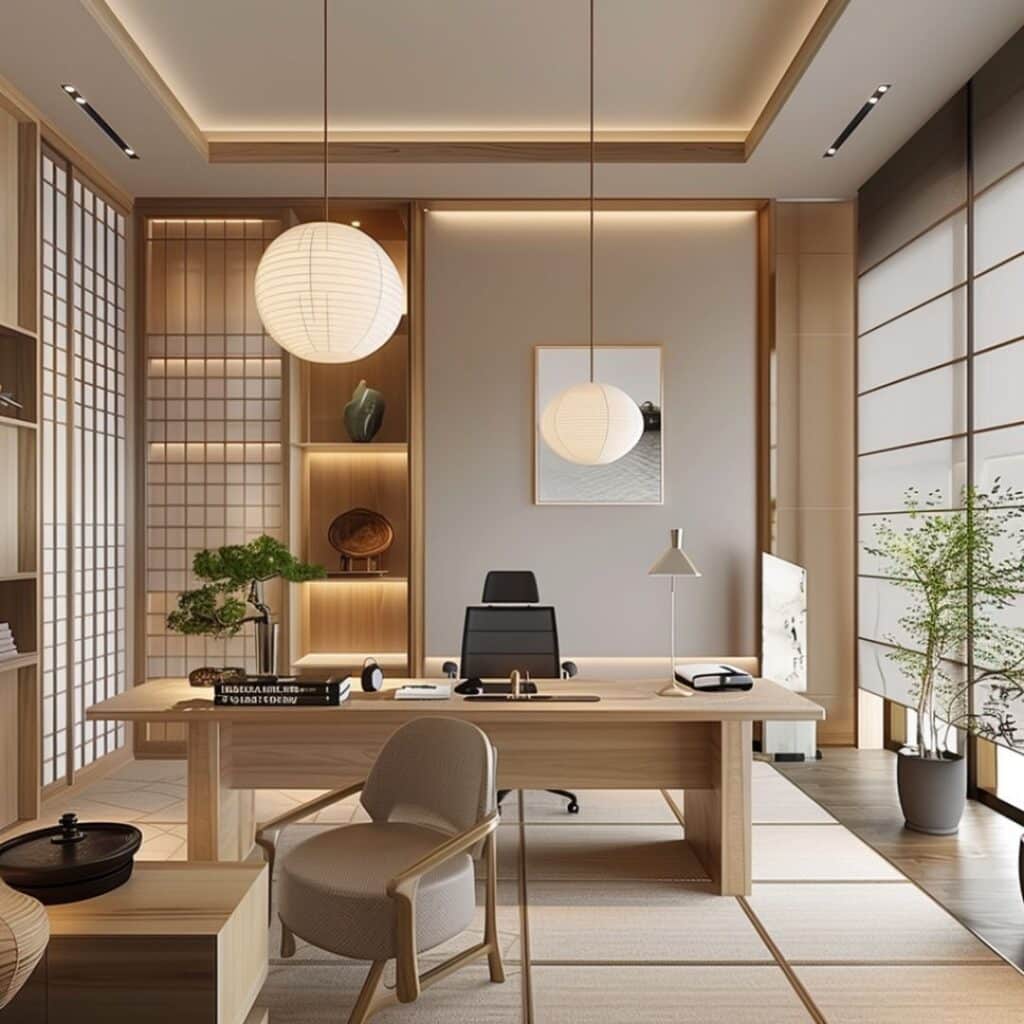
#10. Asian Living Room Table
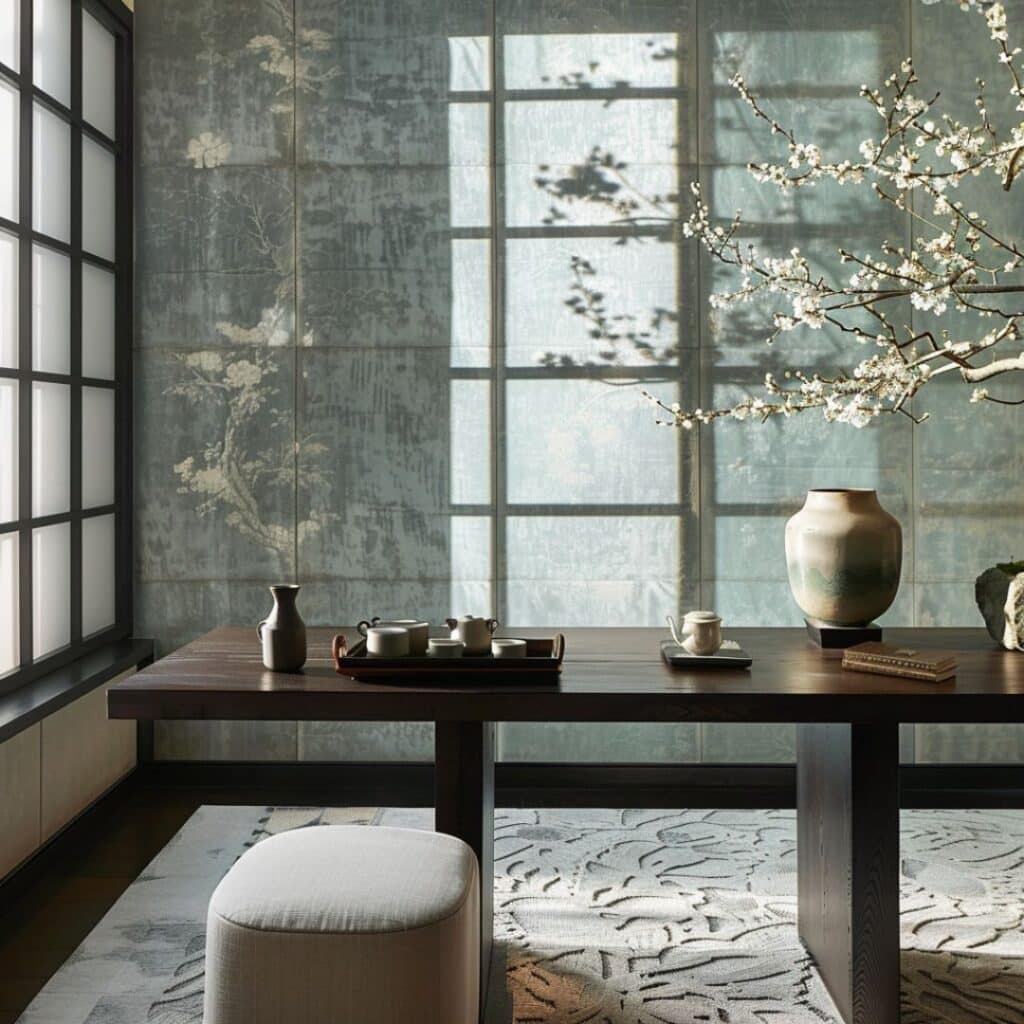
#11. Asian Living Room Interior Idea
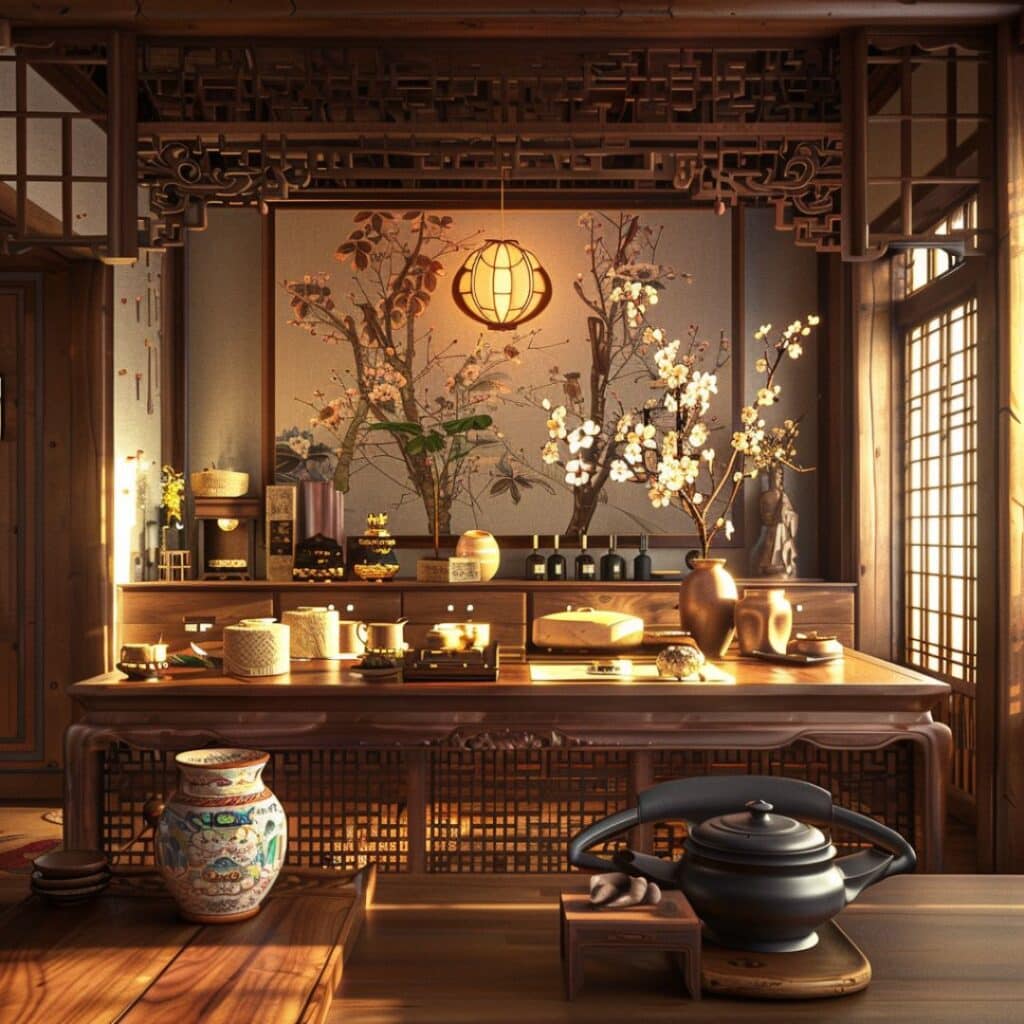
#12. Asian Living Room Interior Design

#13. Asian Kitchen Interior Design
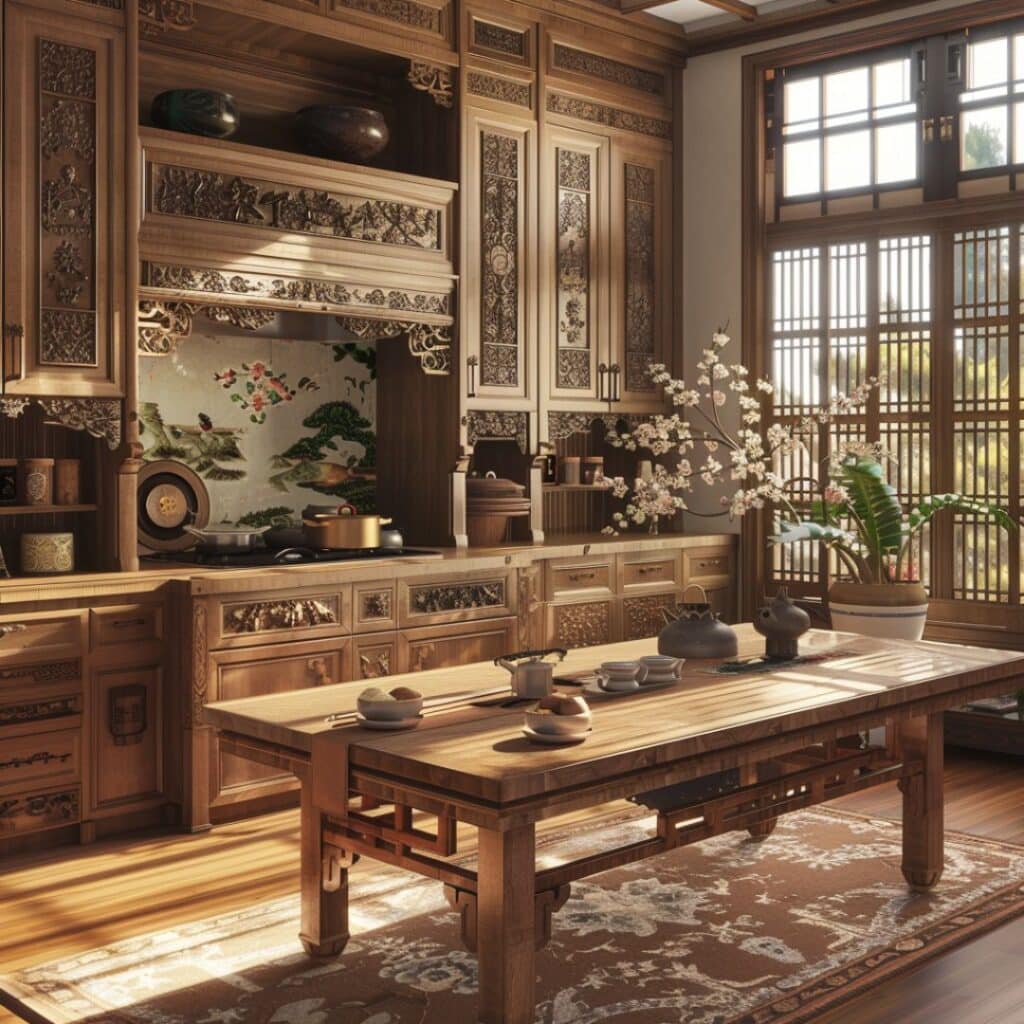
#14. Asian Kid’sroom Interior Idea
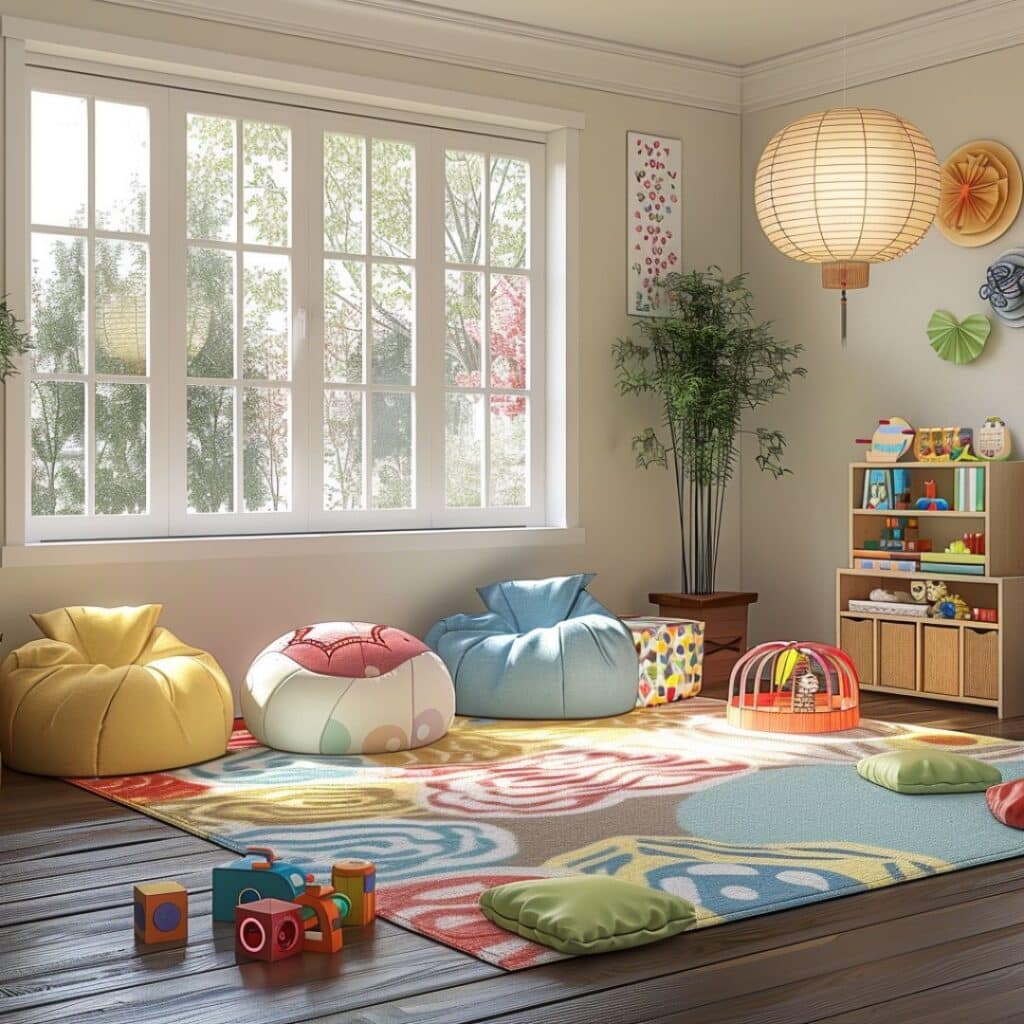
#15. Asian Kid’sroom Interior Design
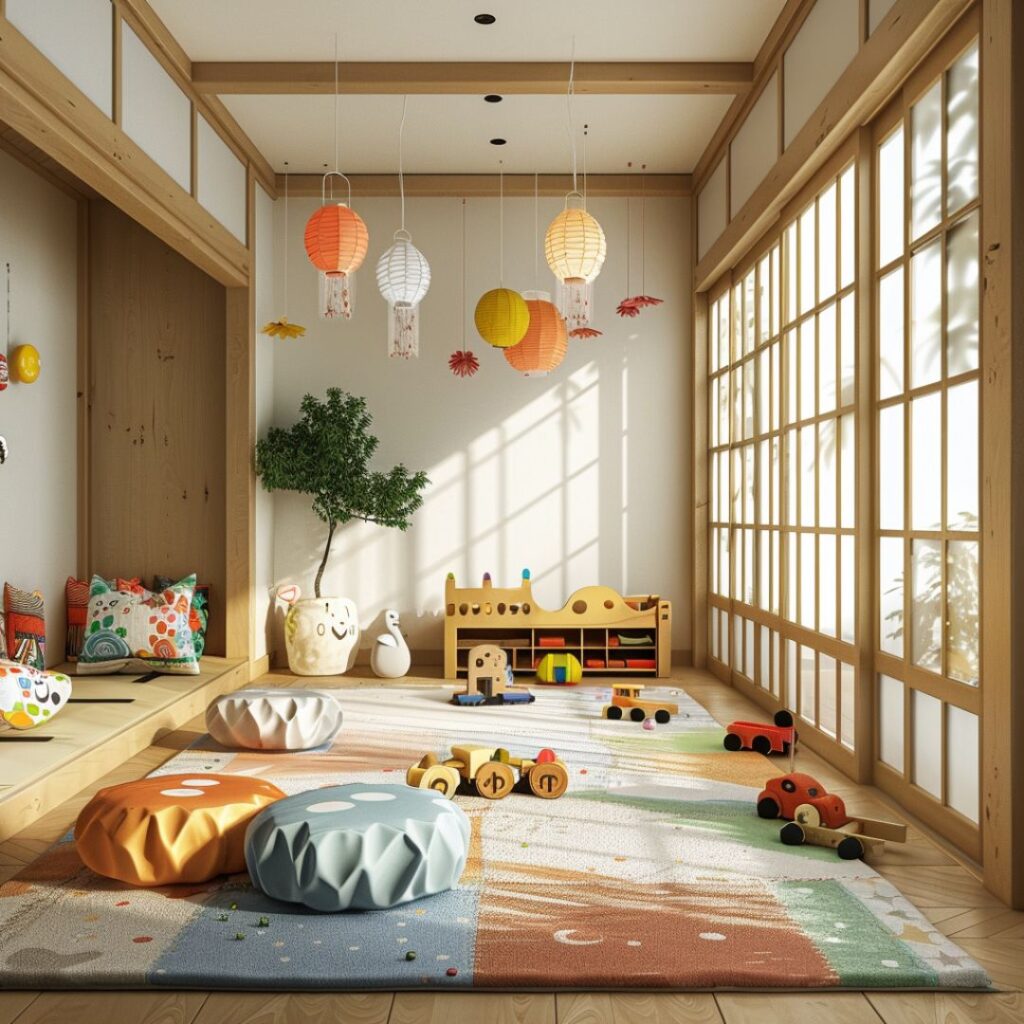
#16. Asian Dining Room Interior Idea

#17. Asian Bedroom Interior Design
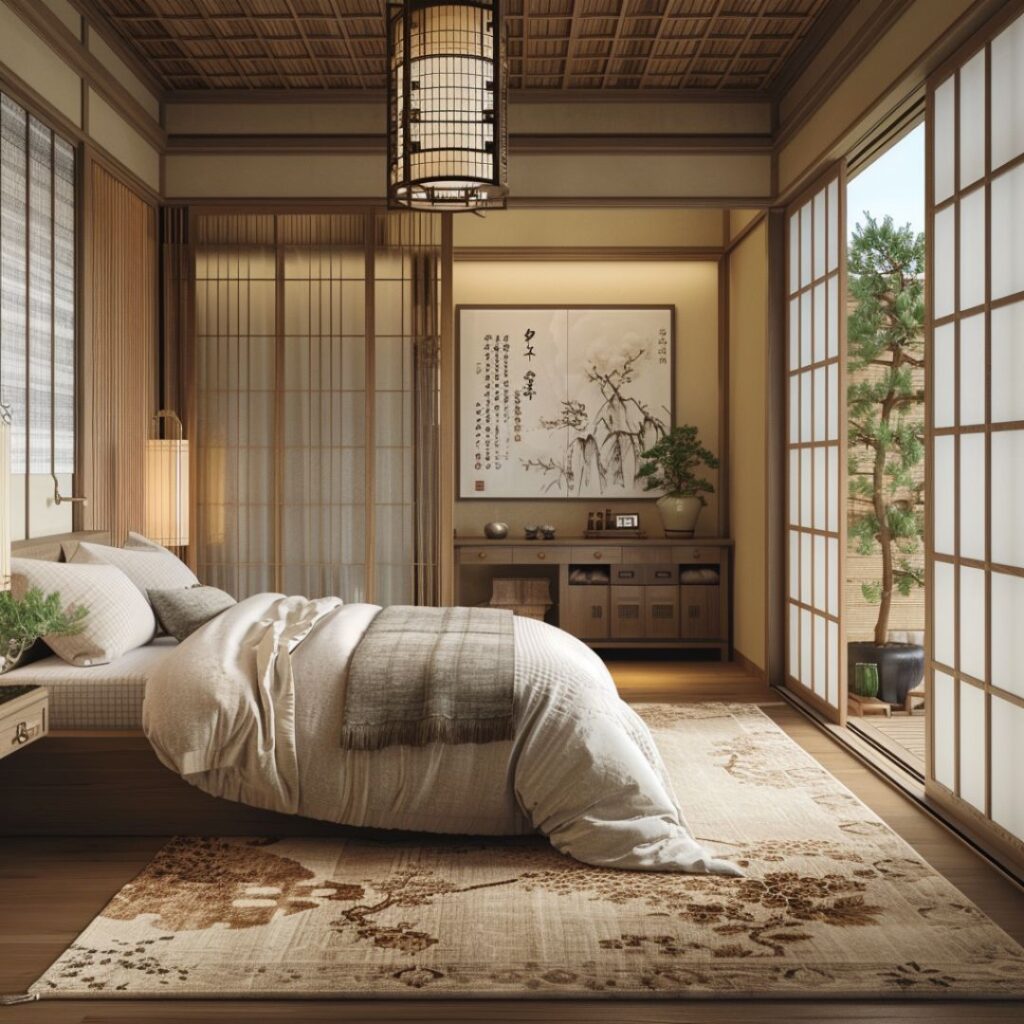
#18. Asian Bathroom Interior Idea
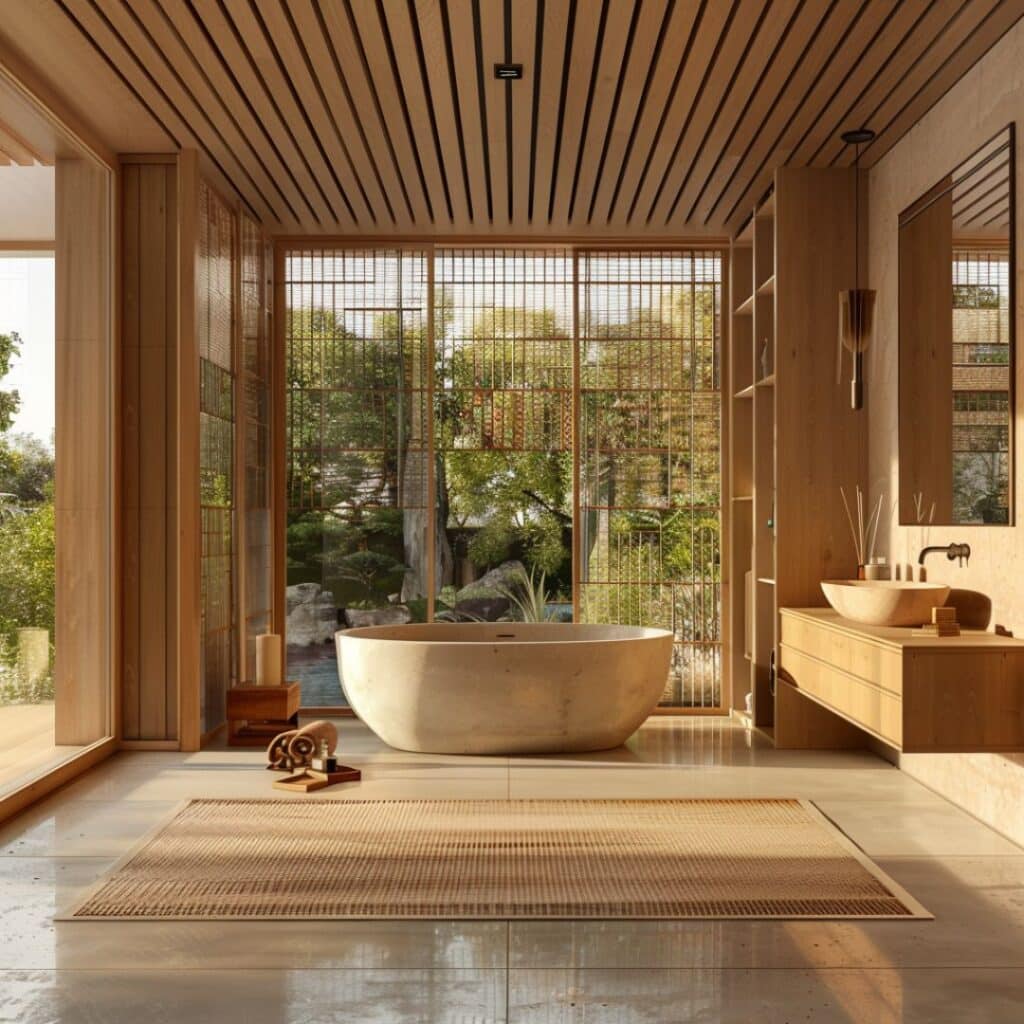
#19. Asian Bathroom Interior Design
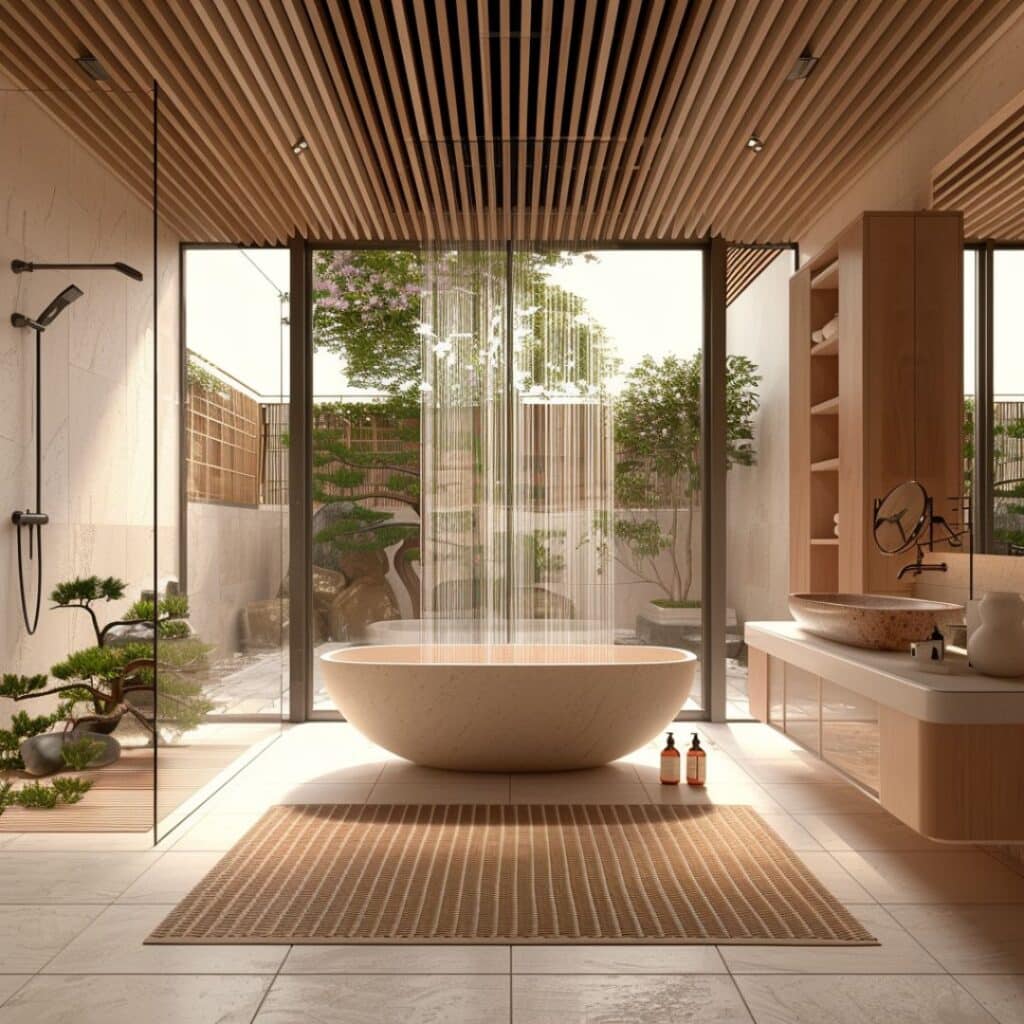
Exploring the Elements of Asian Interior Design
Asian interior design transforms spaces by blending tradition with modernity. It focuses on simplicity and harmony, creating tranquil environments.
Key Characteristics
Balance defines Asian design. Spaces often feature symmetry and proportion. Neutral colors like beige, white, and gray dominate palettes, promoting calmness. Minimalism prevails; clutter is absent, making rooms feel open, similar to the principles of Zen interior design.
Natural elements play a crucial role. Wooden furniture, stone accents, and water features are common. This connection to nature fosters peace and serenity indoors.
Common Materials Used
Wood is a staple in Asian interiors. Bamboo flooring or teak furniture brings warmth to spaces. Stone adds texture; granite countertops or slate tiles are frequent choices.
Fabric choices vary but favor natural fibers like silk or cotton. These materials add softness without overwhelming the minimalist aesthetic.
By integrating these principles and materials, you can create serene living spaces that resonate with traditional elegance while accommodating modern lifestyles.
Cultural Influences in Asian Interior Design
Asian interior design reflects diverse cultural influences, creating spaces that merge traditional and contemporary elements. Each culture contributes distinct characteristics to the overall aesthetic.
Chinese Aesthetic
Chinese design emphasizes harmony and balance. Symmetry is vital, often seen in furniture arrangements and architectural features. Color schemes typically include red, gold, and black symbolizing luck, wealth, and power. Natural materials like bamboo and lacquered wood enhance this style’s elegance.
Japanese Minimalism
Japanese minimalism focuses on simplicity and functionality. Neutral colors dominate, with white, beige, and earth tones creating a serene environment. Elements such as tatami mats (woven-straw flooring) shoji screens (paper sliding doors), and bonsai trees embody this minimalist approach.
South Korean Modernism
South Korean modernism blends technology with tradition. Clean lines and open spaces characterize interiors. Innovative use of lighting enhances both aesthetics and functionality. Common materials include glass, steel, concrete contributing to a sleek yet inviting atmosphere.
The Role of Color and Texture
Asian interior design uses color and texture to create harmonious spaces. Each element carries cultural significance, enhancing the overall aesthetic.
Color Symbolism
Colors in Asian design often reflect cultural meanings. Red signifies luck and prosperity in Chinese interiors. Japanese spaces use earthy tones like browns and greens to evoke nature’s tranquility. South Korean designs incorporate whites and pastels for a modern yet serene vibe.
Textural Contrasts
Textures add depth to Asian interiors. Smooth bamboo floors contrast with rough stone walls, creating visual interest. Silk cushions on wooden furniture offer both comfort and style. By mixing textures, you achieve a balanced environment that feels inviting yet sophisticated.
Incorporating Asian Design Elements in Modern Homes
Furniture Choices
Selecting furniture is a key step in integrating Asian design into modern interiors. Opt for low-profile pieces like Japanese futons and Chinese kang tables. These elements enhance the space’s simplicity and tranquility, aligning well with the principles of minimalist interior design.
Use natural materials such as bamboo, teak, or rattan to create an organic feel. Wood furniture with clean lines complements minimalist aesthetics found in many Asian cultures.
Decorative Accents
Decor accents play a significant role in achieving an authentic Asian look. Consider adding shoji screens or silk lanterns for a traditional touch. These items not only highlight cultural heritage but also provide functional benefits like room dividers or soft lighting.
Incorporate nature-inspired decor such as bonsai trees or ikebana flower arrangements to bring the outdoors inside. Artworks depicting serene landscapes can add visual interest and maintain harmony within the space.







